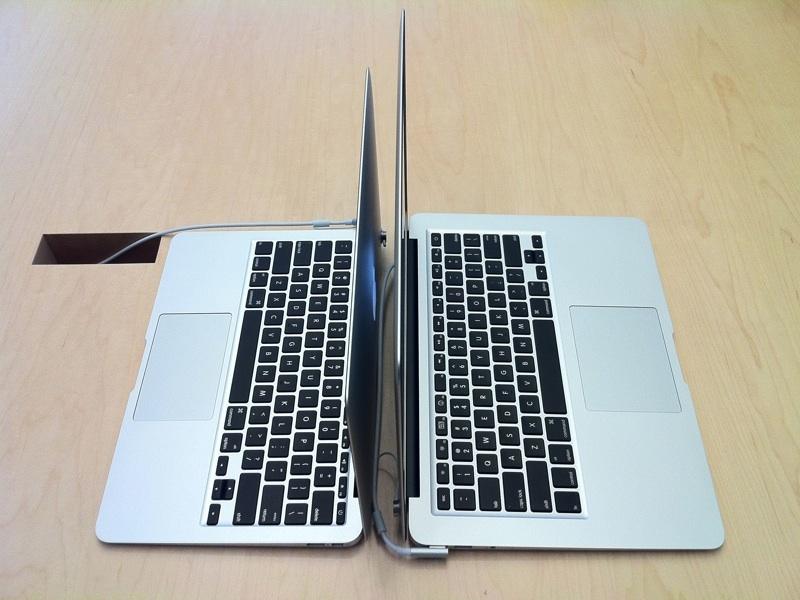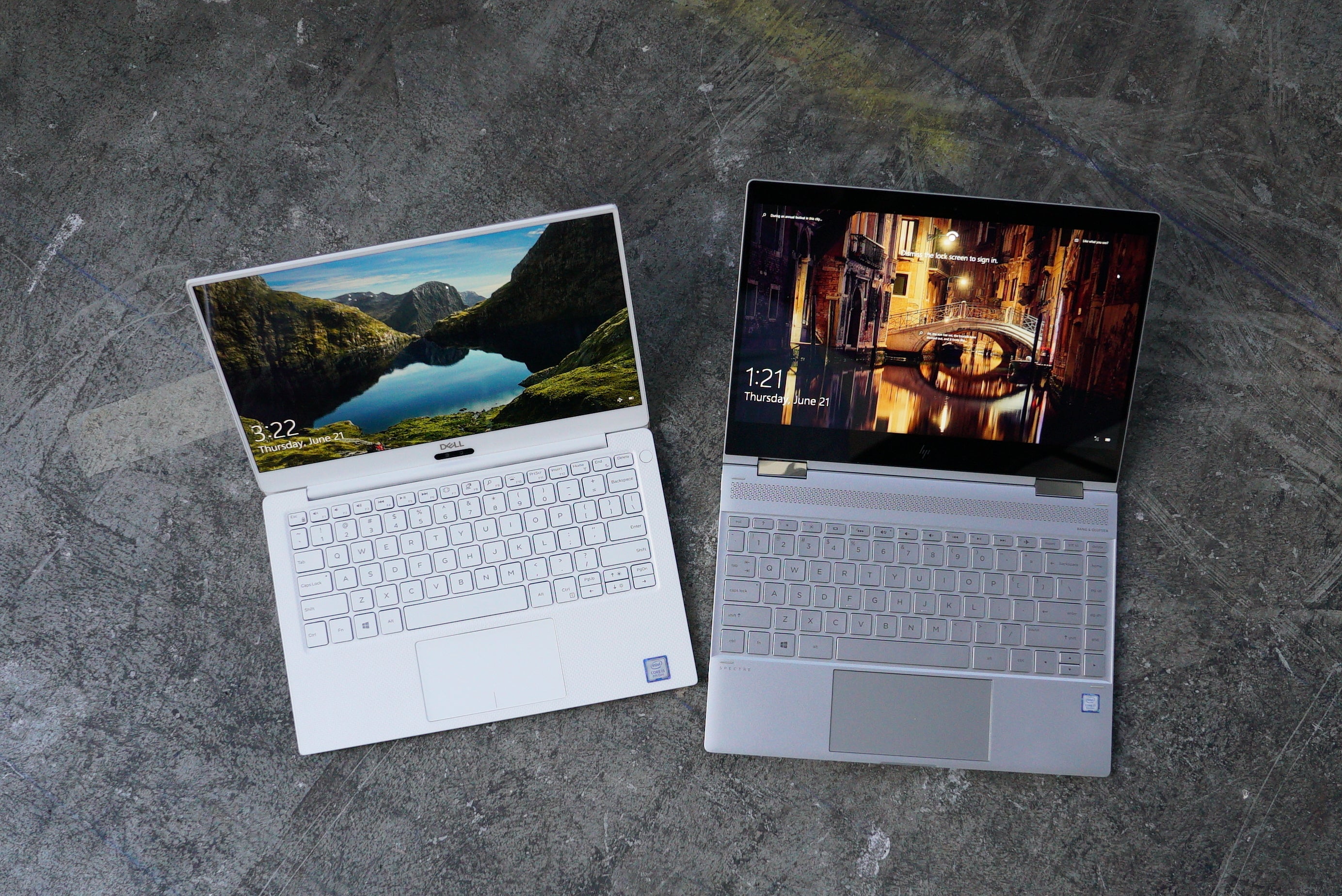

- MACBOOK 11 INCH VS 13 REVIEW 720P
- MACBOOK 11 INCH VS 13 REVIEW UPGRADE
- MACBOOK 11 INCH VS 13 REVIEW PORTABLE
- MACBOOK 11 INCH VS 13 REVIEW PRO
In our test, we set the screen brightness to around 50% and streamed the news channel on BBC iPlayer for an amazing seven hours, 15 minutes.
MACBOOK 11 INCH VS 13 REVIEW UPGRADE
The off-the-shelf processors are 1.3GHz dual core Haswell Intel Core i5s, though you can upgrade it to a 1.7GHz dual-core Intel Core i7 using the custom options on the online Apple Store.

The changes to the 2013 11-inch MacBook Air are all under the hood.
MACBOOK 11 INCH VS 13 REVIEW 720P
If you lift it by the corner it doesn't creak and flex like lesser, cheaper notebooks, and little luxuries such as the multi-touch trackpad, backlit keyboard with ambient light sensor, magnetic power plug, stereo speakers and the 720p FaceTime HD camera are retained.
MACBOOK 11 INCH VS 13 REVIEW PORTABLE
But there seems little reason for Apple to change such a popular and practical design.Īt just 17mm (0.68 inches) at its thickest point and weighing just 1.08kg (2.38lbs), it's so light and portable it's easy to forget it's in your bag. The only difference is a second microphone hole in the left-hand side, with the dual mic setup using adaptive beam forming to reduce background noise. The MacBook Air is still fan-less, so it will likely throttle performance significantly as it gets warmer.The 11-inch MacBook Air 2013's chassis is almost totally unchanged from last year's model. Once again, Apple's big selling point for this computer is that it has a fan and more elaborate cooling system, allowing it to handle sustained workloads like video encoding or 3D rendering. Here's the thing: we haven't benchmarked the new MacBook Air yet, and based on my experience with the last model, I expect it to score about the same as the MacBook Pro.
MACBOOK 11 INCH VS 13 REVIEW PRO
The performance bump isn't enough to dump the M1 MacBook Pro if you've already bought one, but it's still nice to see Apple make some decent gains with its sequel chip.Īpple MacBook Pro 13-inch, (Apple M2, 2022)Īpple MacBook Pro 16-inch (Apple M1 Max, 2021)Īpple MacBook Pro 13-inch (Apple M1, 2020)ĭell XPS 15 (Intel i7-12700H, RTX 3050 Ti, 2022)

The M2 chip also blew away the M1 in Geekbench's Compute benchmark, as well as Cinebench R23, where it scored 1,300 points higher than the M1 machine.

It scored almost 9,000 points in Geekbench 5's multi-core test, whereas the M1 MacBook Pro was closer to 7,000 points. Our review unit, which featured the M2 chip (10 GPU cores) with 16GB of RAM and 1TB of storage, was noticeably faster in just about every benchmark. Together with support for ProRes encoding and decoding, the M2 should make the MacBook Pro a far better option for video editors who don't want to make the leap to the pricier 14-inch model. The real upgrade for Pros, though, is that it now supports up to 24GB of RAM (instead of being limited to 16GB), and also has double the memory bandwidth. It offers 8 CPU cores and up to 10 GPU cores, which Apple claims will deliver 18 percent faster multithreaded performance, and up to 35 percent faster graphics speeds. Now that I've gotten my frustrations out, we can talk about what's good: Apple's new M2 chip. Developers aren’t doing much more to take advantage of it, so in several years it'll just be a useless appendage, like the last protohuman with a tail. It's almost as if Apple had some leftover Touch Bar stock it just had to unload, and we’re paying the price. Just when we thought we'd rid ourselves of Apple's second screen misfire, it's back to torture us again with disappearing function keys and constantly shifting app shortcuts. It's just a shame that those priorities left the 13-inch model with the same chunky-bezeled display and anemic port selection we've seen for years.Īnd no, the Touch Bar doesn't help the situation at all. And, given the many design and supply chain constraints we're facing amid the ongoing pandemic and chip crunch, it was probably smarter for Apple to focus on the new Air, as well as the 14 and 16-inch MacBook Pros. The MacBook Pro's unibody aluminum case still outshines the vast majority of PCs on the market. Now, I suppose it makes sense that Apple would coast a bit.


 0 kommentar(er)
0 kommentar(er)
